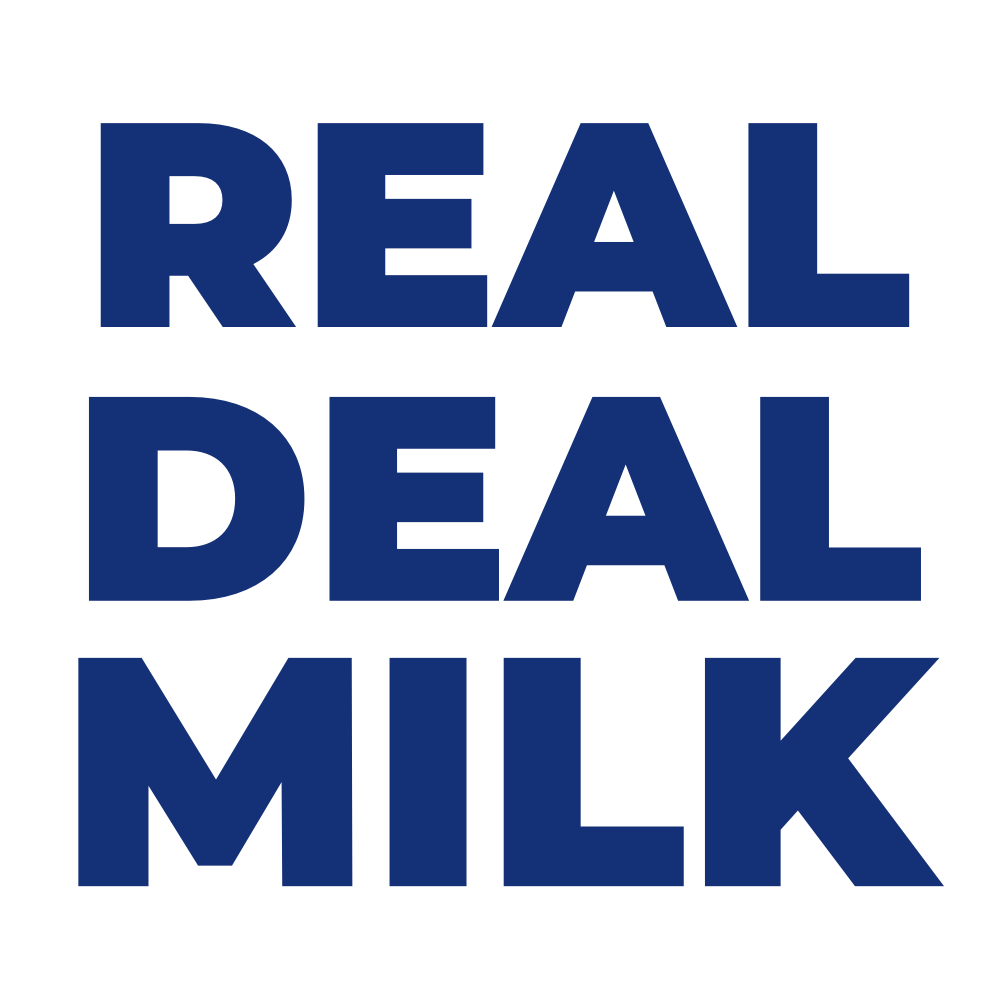Feeding the growing population
More mouths need more food.
The number of people on the planet is growing, and our food production system is growing out of control.
The current method of feeding a population of 7.6 billion (UN. 2019) results in the destruction of forests, pollution of the atmosphere and mistreatment of animals. Imagine if this continues but at the increased demand of an extra 2 billion people. The outcome doesn't bear thinking about.
The current hunger problem
We are failing to sustain the current population.
One of the United Nations Goals for 2030 is 'end hunger, achieve food security and improved nutrition and promote sustainable agriculture’ (UN. 2020). This goal is in dire need of being fulfilled, as 9% of the world are affected by undernourishment (UN. 2020), and food insecurity was hitting 25.9% of the population in 2019 (UN. 2020), only being further exacerbated by the impacts of the coronavirus pandemic. We need to address the current hunger problem before considering how we will feed all the extra people in years to come.
The increasing demand for animal products
As wealth rises, so does the demand for animal products.
Increasing income in developing countries has sparked the desire for more dietary variety, often moving away from plant sources and heading for animal products (FAO. 2003). This is demonstrated in Asia, displaying that as life quality increases, the demand for animal products runs parallel. By 2050 the demand for animal protein is expected to double (Henchion, M. et al. 2017) and with around a billion cows in the world (Statista. 2021), there's not likely to be room for another billion. Therefore, we need alternative solutions to match this demand.
And the population is growing
Food production needs to match population growth.
With the expected jump to 9.8 billion people in 2050, it's clear we need innovative solutions and technological advancements at our side. Previous methods of catering for the world have resulted in an area the size of South America being stripped to plant crops and an area as big as Africa being covered in livestock (National Geographic. No date). Recklessly ripping up the planet and destroying biodiversity cannot continue. So globally, agricultural practices are being revamped to support the weight of extra people and lift the pressure on the climate.
An essential piece of this food production puzzle is increasing efficiency to gain more food without changing the resource input. Genetic modification can increase crop yields and pest resistance to boost agricultural productivity. The use of satellite farming to monitor crop yields and weather patterns can pinpoint the most productive areas for crop growth and save the resource input for crop production (Tech Republic. 2014). New technological developments such as vertical farming and hydroponic farming empower agriculture to enter previously inaccessible spaces, such as city centres (Sustainable Food Trust. 2018). A shift in production methods to remove animals from our food systems will also play a vital role, with cellular agriculture assisting in this transition.
How can cellular agriculture help?
Animal protein production can increase while animal rearing decreases.
Cellular agriculture will open the door to large-scale animal protein production without the large-scale abuse of resources or the environment. Therefore, as the developing world's dietary pattern shifts and the population grows, the demands for meat and dairy can be met in a sustainable and achievable manner.
Lab-based agriculture provides a food source that won’t fail if there's a drought or an insect infestation. It can be relied upon to feed billions of people nutritious food at a lower cost, helping hit the UN's goal of ending world hunger.
With the clarity that we will need a hell of a lot more food for 2 billion people, action is required now. With no single solution, it requires improvements and advancements in all areas of the industry. Calling for producers to increase crop efficiency, consumers to prevent food waste and technology to guide us to more solutions. With cellular agriculture rapidly developing, it is the perfect opportunity to utilize this new technology for the good of the world.
References
FAO. 2003. Livestock production. http://www.fao.org/3/y4252e/y4252e07.htm
Henchion, M. et al. 2017. Future protein supply and demand: strategies and factors influencing a sustainable equilibrium. Foods (6) 53. doi: 10.3390/foods6070053
National Geographic. No date. Where will we find enough food for 9 billion? https://www.nationalgeographic.com/foodfeatures/feeding-9-billion/
Statista. 2021. Number of cattle worldwide from 2012 to 2021 (in million head)*. https://www.statista.com/statistics/263979/global-cattle-population-since-1990/
Sustainable Food Trust. 2018. Vertical farming and hydroponics on the spectrum of sustainability. https://sustainablefoodtrust.org/articles/vertical-farming-and-hydroponics-on-the-spectrum-of-sustainability/
Tech Republic. 2014. 10 ways technology is changing our food system. https://www.techrepublic.com/article/10-ways-technology-is-changing-our-food/
UN. 2019. World Population Prospects. https://population.un.org/wpp/Publications/Files/WPP2019_Highlights.pdf
UN. 2020. End hunger, achieve food security and improved nutrition and promote sustainable agriculture. https://unstats.un.org/sdgs/report/2020/goal-02/
WHO. 2021. The UNICEF/WHO/WB Joint Child Malnutrition Estimates (JME) group released new data for 2021. https://www.who.int/news/item/06-05-2021-the-unicef-who-wb-joint-child-malnutrition-estimates-group-released-new-data-for-2021


